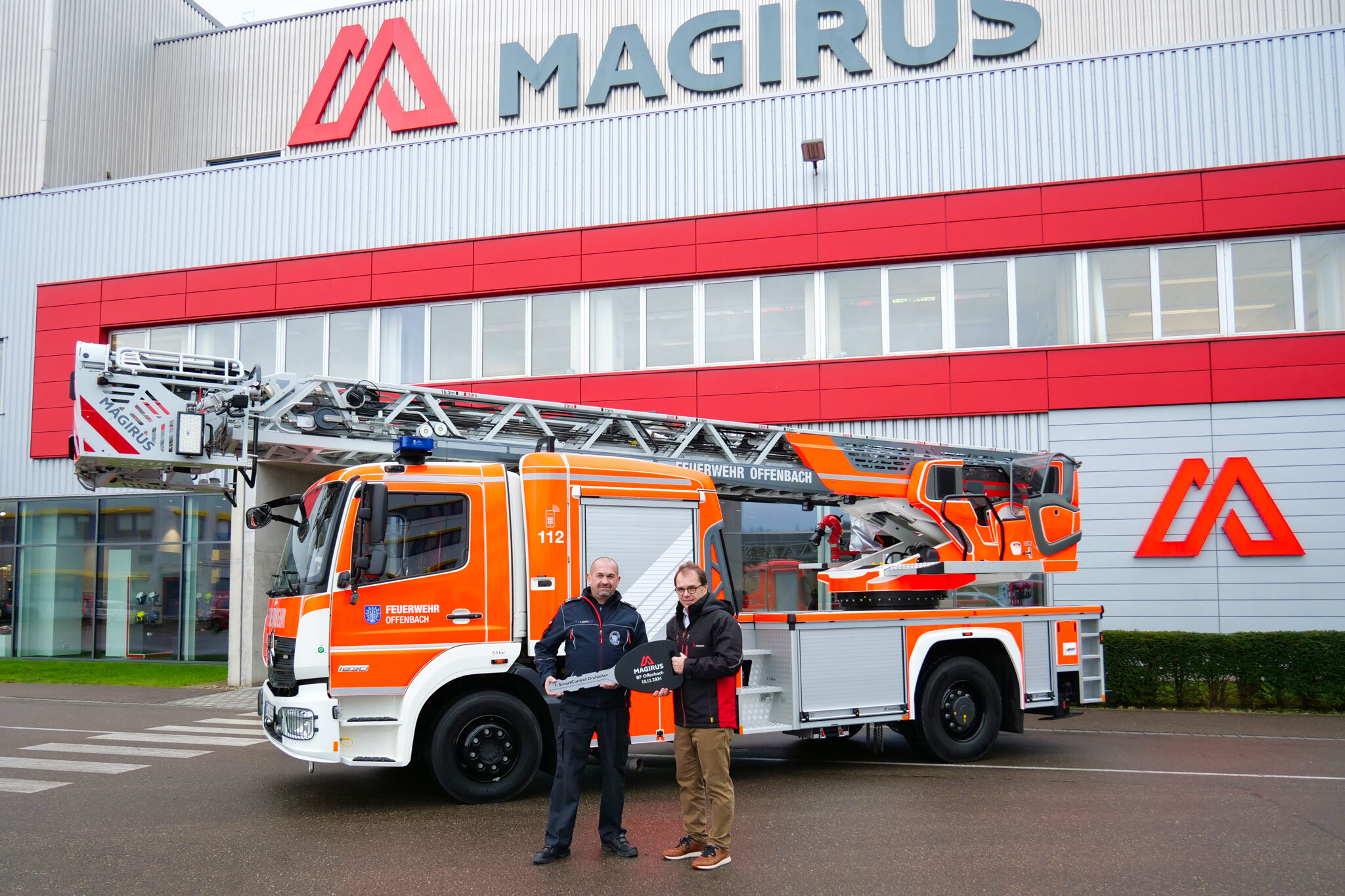A fire in a tunnel is one of the most dangerous situations imaginable. However, with a comprehensive suppression system, the risk to life and property can be reduced
Across the world, tunnel design is becoming more advanced than ever. The Gotthard Base Tunnel, due to be completed in 2016, will become the world’s longest railway tunnel, and will plough over 35 miles under the Swiss Alps. Even road tunnels are now surpassing 10 miles in length – the Lærdal Tunnel in Norway is the world’s longest road tunnel, at 15.2 miles long. As tunnels have got longer, the need for advanced fire detection and suppression systems has grown, as well as a comprehensive and well-rehearsed evacuation plan. The safe operation of road and rail tunnels requires a consideration of the organisation, procedures, management, training and equipment related to tunnels.
Despite recent technological advances, such as reaction-to-fire properties of rolling stock, fixed fire suppression systems and improved fire detection systems, the dangers posed by fires in tunnels are real and deadly. The threat comes not only from the flames themselves, but from the build-up of toxic gases and smoke within the tunnel.
Train tunnels are particularly deadly when fire breaks out. They tend to have a smaller cross-section than road tunnels, meaning there is less room for smoke to stratify above the heads of the passengers trying to escape. The small cross-section can also lead to the fire spreading rapidly, due to radiative feedback and convective heating. This means that there is even less time for the passengers to evacuate.
Rail tunnels generally do not have as many escape routes as road tunnels. Exits are often designed at 1km intervals; in fact, many older tunnels do not have any exits at all along the length, with passengers having to make their way to either end to escape. Tunnels such as these may not even have a specific walkway along the edge, meaning evacuees have to walk along the tracks – which of course poses its own risks of electrocution.
Train design is an important factor in the survivability of a rail tunnel fire. Nowadays, passenger trains are built to very high standards of fire protection, as demonstrated by the 7/7 London bombings. After the bombs were detonated on board the trains, they did not burn dangerously. Instead, they merely smouldered. However, as demonstrated by the recent disaster at Lac-Mégantic in Canada, cargo trains are a whole different problem. Although the Canadian accident was not in a tunnel, it demonstrated the potential for disaster when transporting hazardous or flammable cargo.
A key aspect of tunnel operation is the management of safety and the control of risks, including traffic management, speed restrictions and diversions. All tunnels require periodic upgrading and maintenance of their infrastructure and equipment. The prevention of fire is probably the most important safety measure for tunnels. One factor that cannot be controlled is acts of terrorism or arson. However, risk assessments and proper maintenance of the trains and the tunnels can help prevent excess damage. For instance, the subway fire in Daegu, South Korea, was started by an arsonist. 198 people died, partly because of the combustible materials used in the construction of the metro trains.
Safety management systems must be robust enough to be able to deal with any reasonably foreseeable risks to the tunnel and wider network. The best way to do this is to minimise the risk of any fire breaking out in the first place, by regulating the building materials used in the tunnel’s construction, or by limiting the goods allowed to be transported through it. However, in the case of both road and rail transport, there are currently no regulations on the amount of permitted combustible material on freight trains or heavy goods vehicles. There is a definite need to control the payloads of goods vehicles – something that is as much the responsibility of rail and haulage operators as it is that of the law-makers.
Another important consideration is the training of people who operate in the tunnel – workers on the trains, truck drivers, and so on. They should be taught on everything from how to safely use a fire extinguisher to more complex drills, such as when and how to evacuate passengers from a train. Clear and open communication lines with the local fire brigade are also important, and the protocol for these should be tested and taught to all staff.
In an ideal world, all components of fire safety in tunnels – the tunnel itself, the vehicles travelling through it and the safety network within the tunnel – would all be designed and managed together, allowing seamless integration between each channel. In reality, however, different parties usually take control of each component. This can lead to difficulties in communication in the case of an emergency. The overall authorities must therefore ensure that each constituent member of the tunnel system takes its responsibility of care seriously.
Although there are no global standards for fire safety in tunnels, there are a number of regional regulations. NFPA 130 is influential in English-speaking countries, but does not cover all the issues raised above. The EU have a technical standard for ‘Safety in Railway Tunnels’, but this is more of a framework standard than actual regulations. For the future safety of the people travelling through tunnels, whether in trucks, trains or cars, and the benefit of the industry as a while, it is of paramount importance to develop worldwide standards for tunnel fire safety. An industry standard would not only improve fire standards, but also drive down costs. It remains to be seen exactly if and when the powers-that-be decide to do so.







